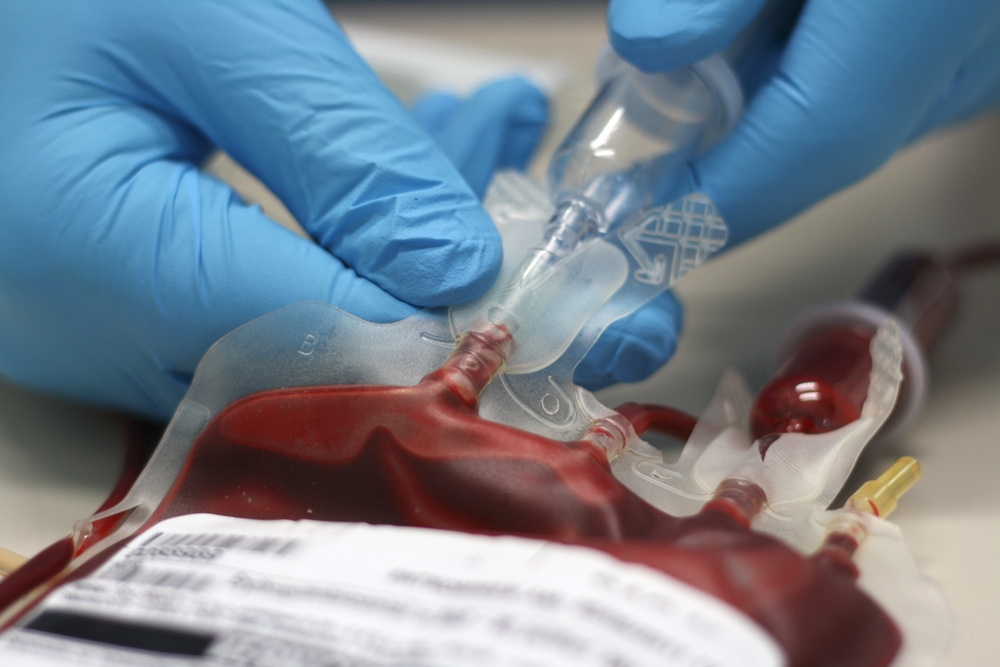Daily Infusion of Low-dose Factor VIII Found to Benefit Some Hemophilia A Patients

A daily infusion of low-dose factor VIII (FVIII) improves trough levels in patients with severe hemophilia A — compared to infusions performed every other day — without increasing factor VIII consumption, or the amount of medication a patient must take, researchers have found.
Trough levels are the lowest concentrations of a medication in a patient’s bloodstream.
The findings were explained in the study, “Low-dose factor VIII infusion in Chinese adult haemophilia A patients: pharmacokinetics evidence that daily infusion results in higher trough level than with every-other-day infusion with similar factor VIII consumption.” It was published in the journal Haemophilia.
Regular infusions of FVIII, an essential blood-clotting protein, are a standard therapy for patients with severe hemophilia A. Studies of pharmacokinetics (the branch of pharmacology concerned with drugs’ movement within the body) have shown that more frequent infusions of smaller doses are capable of maintaining patients’ FVIII trough levels. However, there is a lack of clinical studies confirming that a low-dose daily infusion can improve FVIII trough levels without increasing FVIII consumption, compared to every-other-day infusions.
The authors performed a crossover pilot study involving six Chinese patients with hemophilia A. They compared trough levels with daily infusions of 5 IU kg-1 of FVIII, to every-other-day infusions of 10 IU kg-1. The protein was administered for 14 days.
FVIII levels were measured at specific points: For the daily schedule, levels were taken between day 1 and 5 immediately before the infusion, and peak Factor coagulant activity (FVIII:C) levels were measured 30 minutes after it. Trough levels alone were measured on days 7, 9, 11, and 13.
For the every-other-day schedule, trough, peak, and four-hour, post-infusion FVIII:C levels were measured on day 1. Troughs and peaks were measured on days 3, 5, and 7, and troughs alone on days 9, 11, and 13. Twenty-four-hour post-infusion measurements were taken on days 2, 4, and 6.
FVIII inhibitors were assessed before and at the end of both schedules.
The researchers found that low-dose daily FVIII treatment resulted in increased steady-state FVIII trough levels, compared to the every-other-day infusion. Moreover, the authors noted that none of the patients had a bleeding episode during the trial, and some had less joint pain.
“The ability to sustain higher trough level with daily prophylaxis and the presence of daily peaks suggest that this regimen will likely be a more effective prophylaxis regimen in the long term and should result in less bleeding than the every-other-day low dose regimen (of similar FVIII consumption) and the regular low-dose regimen currently practiced in China,” the researchers wrote.
Longer clinical studies with larger patient samples are needed to confirm the results, they concluded.






